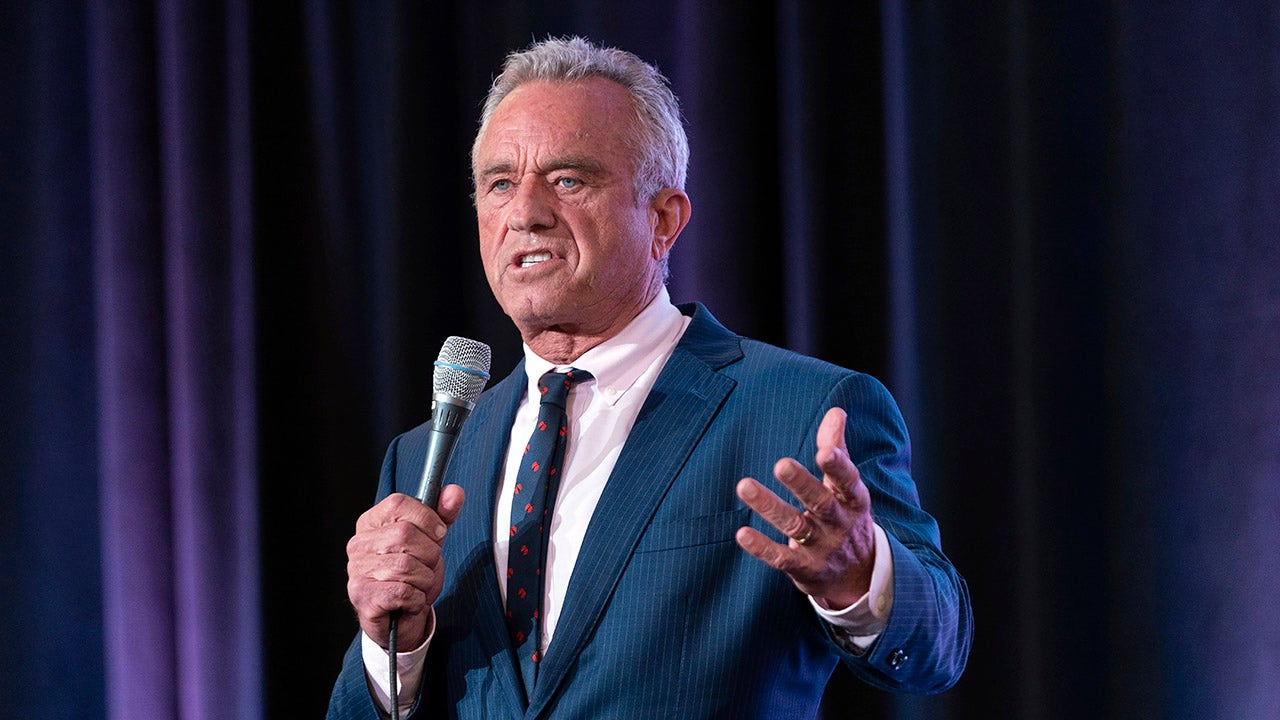Why does RFK Jr.’s voice sound different? Here’s what to know

As Robert F. Kennedy, Jr. appeared on Capitol Hill Wednesday for the confirmation hearing for Health and Human Services Secretary, some may have noticed that his voice has a raspy, strained sound. The prospective HHS head has spoken about his voice over the years, sharing that he was diagnosed long ago with a disorder called spasmodic dysphonia.
“I had a very, very strong voice until I was 46 years old,” Kennedy said during an interview with NewsNation in 2023. “It was unusually strong. It makes my voice tremble. At the time, I didn’t know what was wrong with it. But when I would go on TV, people would write me letters and say, ‘You have spasmodic dysphonia.’”
He was officially diagnosed with the condition in 1996, he shared. In April 2024, Kennedy told the Los Angeles Times that he “hates” the sound of his own voice.
“I feel sorry for the people who have to listen to me,” he said. “My voice doesn’t really get tired. It just sounds terrible. But the injury is neurological, so actually the more I use the voice, the stronger it tends to get.”
“If I could sound better, I would,” he added.
Spasmodic dysphonia is a rare speech disorder that affects the vocal cords. Those affected may have strained, hoarse, or shaky voices that can sometimes make it difficult for others to understand them. Sometimes it can cause words to cut off due to breaks in the voice.
The condition can cause stress or anxiety for the person affected. It is neurological, stemming from an area of the brain that causes spasms in the muscles of the voice box. There is no known trigger for these spasms.
There are three main types of spasmodic dysphonia, with most people having adductor spasmodic dysphonia, which causes the voice to sound strained, tight, and hoarse. Abductor spasmodic dysphonia causes a breathy voice or loss of voice, while mixed spasmodic dysphonia causes the voice to sound strained, tight, and breathy.
Around 500,000 people in the U.S. have spasmodic dysphonia, which is more prevalent among females. Symptoms typically emerge during adulthood, between the ages of 30 and 60.
“Voice therapy and Botox can help, but there are no cures,” Dr. Marc Siegel, senior medical analyst for Fox News, told Fox News Digital about the disorder. With the Botox approach, small amounts of botulinum toxin are injected into the voice box muscles to stop the spasms.
Kennedy has previously said that he receives Botox injections every few months. Voice therapy may also be recommended, with specific vocal cord exercises to help alleviate symptoms. In extreme cases, surgical interventions can help ease the vocal cord spasms.
For more Health articles, visit www.foxnews.com/health. Melissa Rudy is senior health editor and a member of the lifestyle team at Fox News Digital. Story tips can be sent to melissa.rudy@fox.com.




